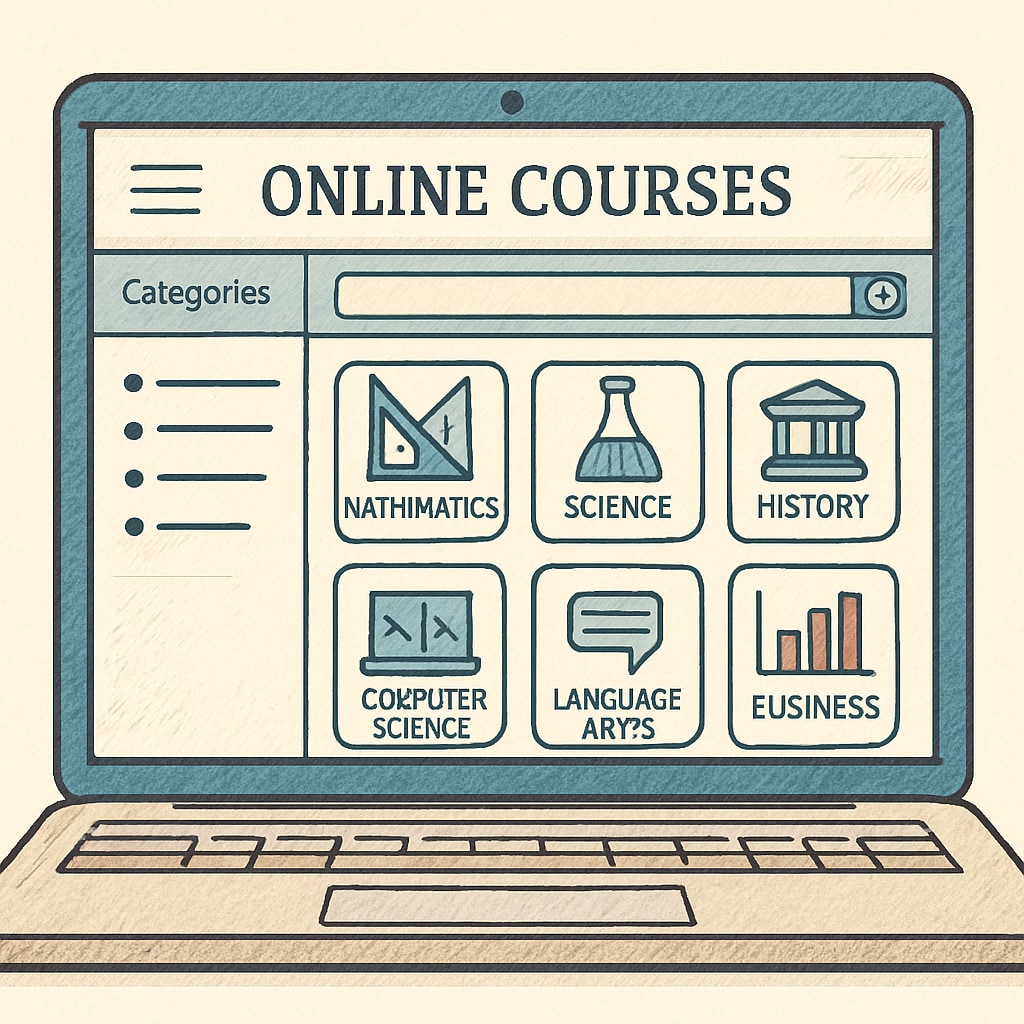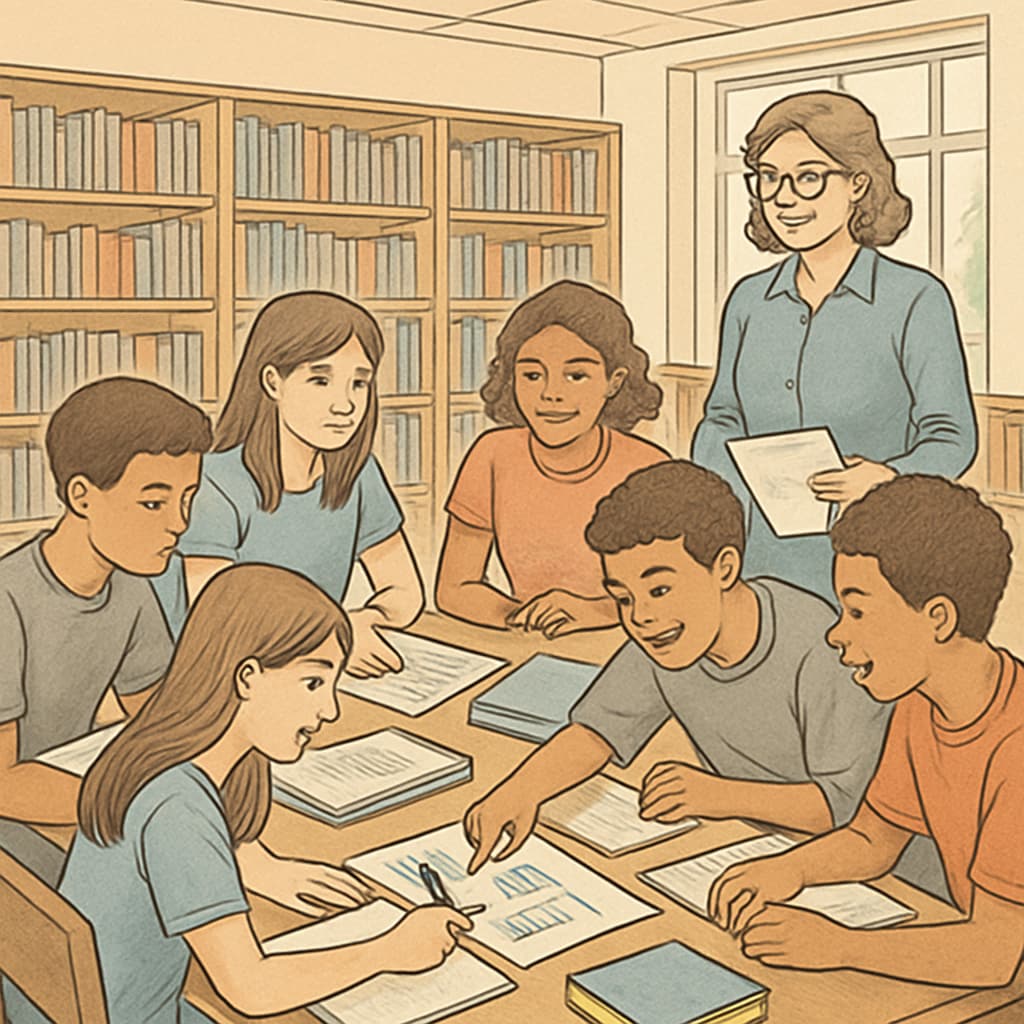As high school students prepare for the critical final years leading up to graduation, leveraging external learning resources can significantly enhance their academic experience. From online platforms offering free courses to local community initiatives and peer learning networks, there are countless ways to complement traditional education. This guide explores accessible and affordable strategies to help students broaden their horizons and achieve their full potential.
Online Platforms for Learning: A Gateway to Knowledge
Online educational platforms are among the most convenient and versatile tools for students seeking supplementary learning materials. Websites like Khan Academy offer free courses on a wide range of subjects, from mathematics to history, tailored for different learning levels. Similarly, platforms such as Coursera provide courses from top universities, many of which are free or affordable.
These platforms often include interactive features like quizzes, video lessons, and discussion forums, enabling students to engage with content in meaningful ways. In addition, YouTube channels focused on education, such as CrashCourse, can provide bite-sized lessons on complex topics.

Community Resources: Learning Beyond the Classroom
Local libraries, community centers, and nonprofit organizations often host free workshops, tutoring sessions, and study groups. These resources provide students with opportunities to learn in a collaborative environment and access additional materials that may not be available at school. For example, libraries frequently offer educational events, coding boot camps, or language learning meetups for free.
Additionally, many communities have mentorship programs where students can connect with professionals in fields they are interested in. Such programs not only enhance academic knowledge but also provide valuable career insights.

Peer Learning Networks: Strength in Numbers
Collaborating with peers is another effective way to access external learning resources. Forming study groups allows students to share insights, clarify doubts, and tackle challenging subjects together. Peer tutoring can also be beneficial, as students often explain concepts in ways that are easier for others to understand.
Moreover, using platforms like Discord or Slack to create virtual study spaces can make collaboration more flexible and accessible. These tools enable students to organize resources, schedule discussions, and share notes efficiently.
Readability guidance: Use short paragraphs and lists to summarize key points effectively. Avoid long-winded explanations and opt for clear, concise sentences with active voice. Incorporate transitional phrases to maintain a smooth flow of ideas.
By exploring these avenues, high school students can unlock additional learning opportunities and enhance their academic journey beyond traditional classroom settings.


